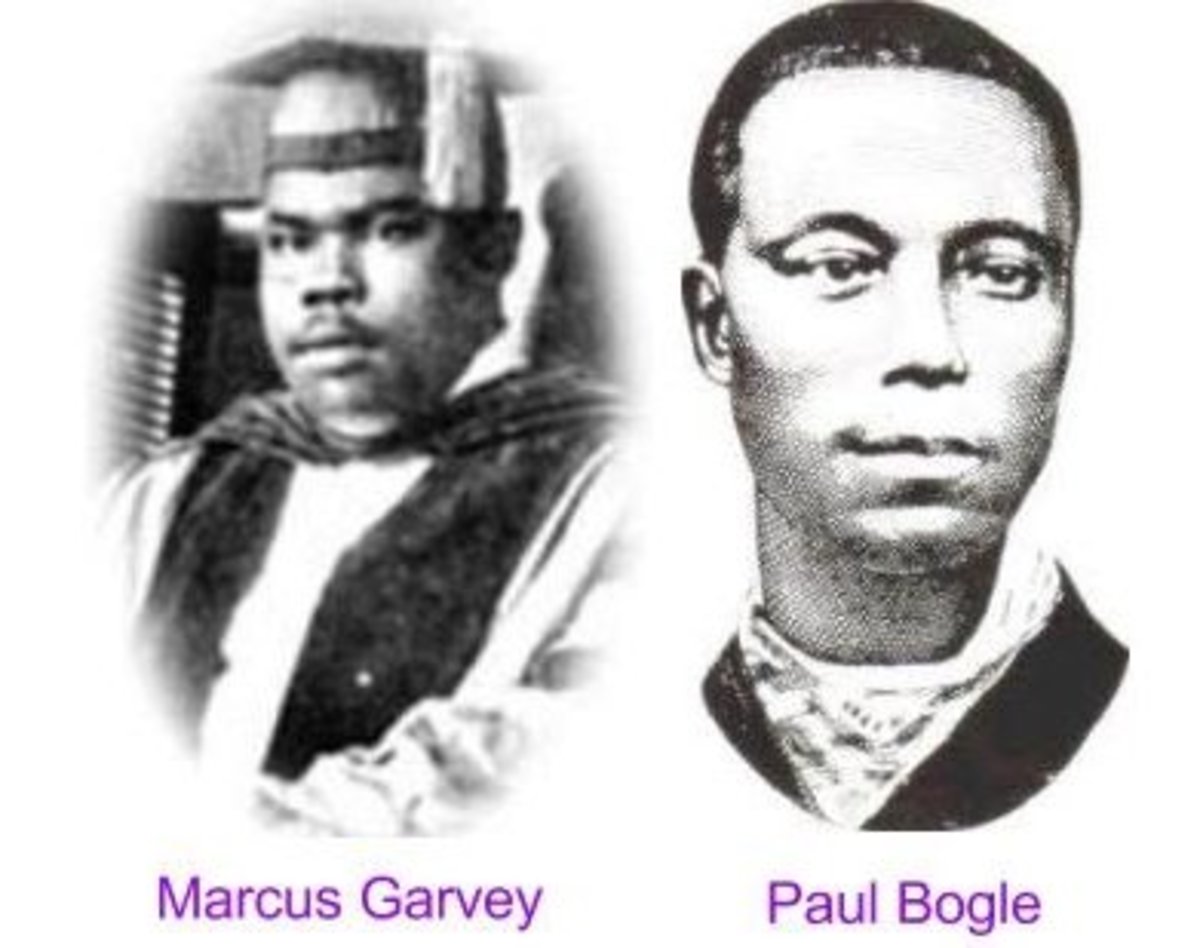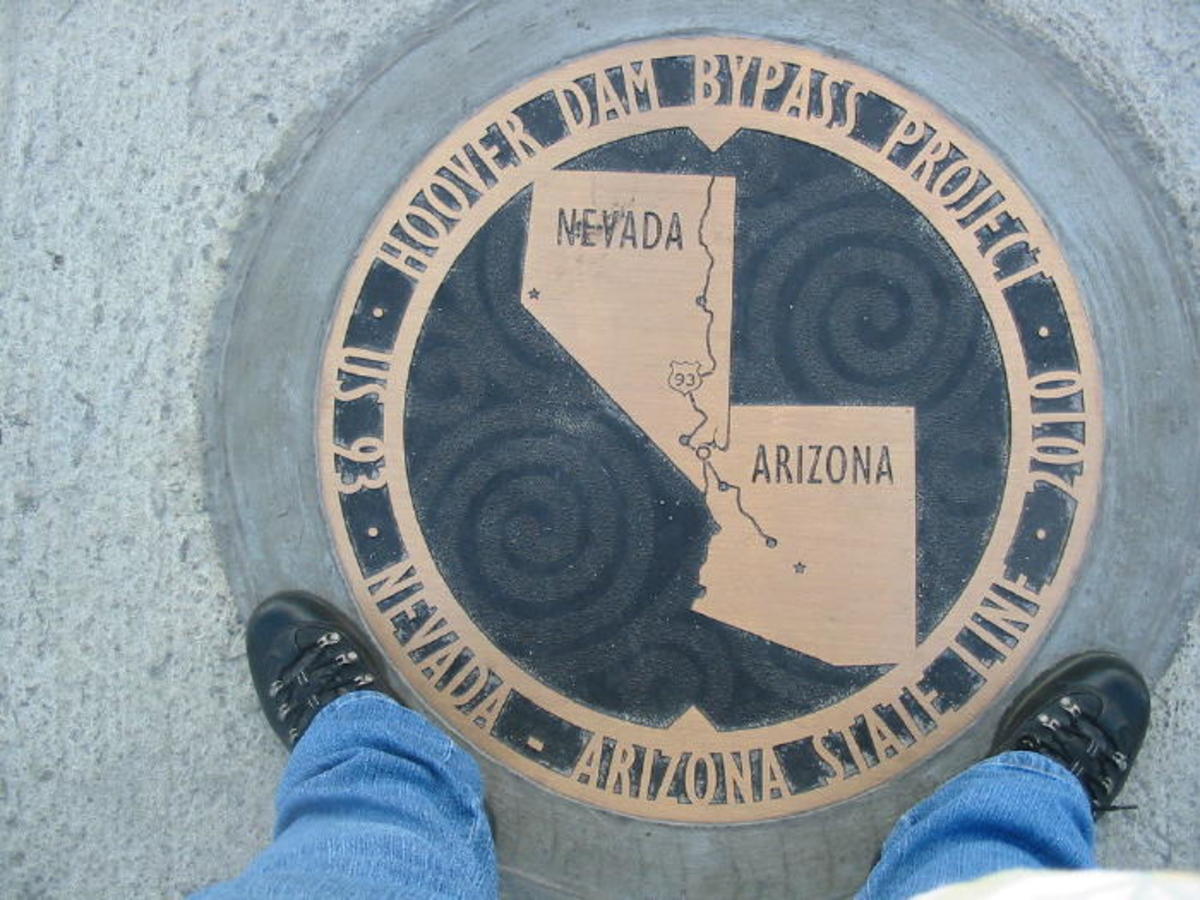Jamaica Vacations Travel Tips: Food and Jamaican Language
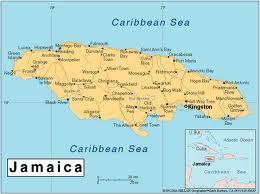
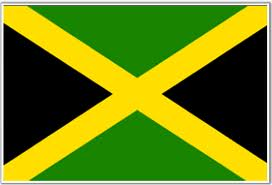
About Jamaica
Before starting your Jamaica vacation it is good to get the basic information about the Jamaica weather conditions, its currency, population, communication, entertainment and food. The series on Jamaica Vacation will assist with giving you as much information as possible.
Jamaica is an Island in the Caribbean located about 580 miles from Florida with a population of approximately 3,000,000 and an area of 4,411 square miles (11,244 sq km). With latitude of 18*N and longitude of 778W which means it is located about midway between the Panama Canal and the South Coast of Florida.
Closest to us is Cuba about 90 miles off the north coast.
Jamaica sees an annual rainfall of about 102 to 50 inches, with most of the rainfall occurring during the months May to June. Between September and November a significant amount rainfall also occur due to tropical depressions, troughs, low pressure systems, storms and hurricane coming out of the Atlantic Ocean. The driest period is December to March, any rainfall occurring in this period will be from cold fronts coming from North America.
Coastal temperatures are usually warmer than inland areas. The average coastal temperature range from 26* to 30* Celsius, while inland is 22* Celsius and lower depending on elevation.
Coolest months are December through February while the warmest are June through August.
Meteorological Service of Jamaica
- The Met Service - Jamaica
Weather Conditions, temperature and general information.

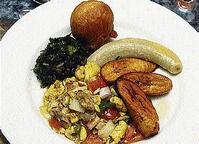
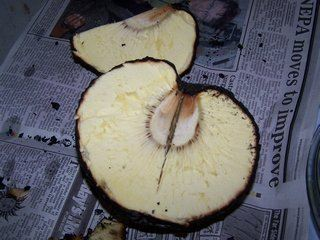
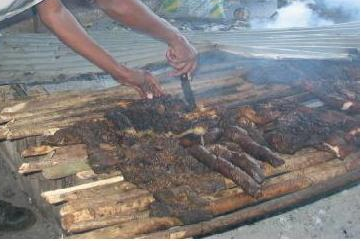
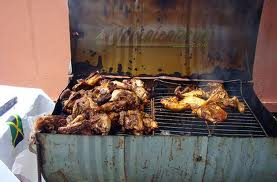
Traditional Jamaican Eats
First of all, any cuisine you desire you can get here in Jamaica as we have a diversity of restaurants in our Island. Most people who travel here look forward, however, to our local/traditional foods.
Jamaica has a national dish unlike many other cultures. Ackees cooked with salted codfish. This can be served with roasted breadfruit, fried or boiled dumplings, boiled green bananas, cooked yam or even bread.Serve this with a side of calaloo or fried ripe plantains or a nice slice of avocado. Wash this down with your favorite drink, and just in case you don't have a favorite drink, don't worry, coconut water is just fine.
Jamaica is the home of Jerk. What is Jerk? Jerk is a combination of spices and a method of cooking. Jerk spice consists of allspice (pimentos), scotch bonnet peppers, thyme, scallion, onions, garlic, salt, nutmeg and vinegar. There are two versions, the wet spice and the dry spice which is the more popular. It is pretty easy to make as the main ingredient is the pimento. Original jerk was done over charcoal over a pit with the meat placed on pimento sticks to give it that added smokey flavor. In recent years jerk has evolved into using grill pans instead. Some persons even do the jerk in their gas ovens. The grill pan uses charcoal but the flavor is not the same as the original pit with the pimento wood.
Over the years even the seasoning of the meat has changed as some persons will use the store bought seasoning to rub the meat with. The lack of the right amount of spices has also caused the flavor to change. Out of this change came what we call the Pan Chicken, where the chicken uses almost any nice spice and is grilled. The grill pan is made from metal drums cut in half with metal gratings and a place for the coal. Pan chicken is very popular and can be bought on almost any street corner or in any town.
The best jerk however can be had in Boston, Portland. You will find some restaurants employing a similar technique to attract the same jerk flavor as Boston. Any meat can be jerked, from fish, chicken, pork (especially pork), beef and mutton with the pork and chicken being the most popular.
Jerk is normally eaten with festivals (a sweet dumpling made with refined cornmeal, sugar and baking powder), bammies or any starch you prefer. Nice cold coconut water (popularly known as jelly) or icy cold Red Stripe beer are what locals like to drink with their jerk. If you are soda drinker then by all means have a Pepsi cola or Bigga soft drink.
Other popular local dishes are red pea soup, stewed peas (red kidney beans), gongo pea soup, rice and peas, brown stewed chicken, roast fish, steamed fish, fricassee chicken, curried goat, stewed beef and stewed pork. Staples include cooked white yams, cooked yellow yams, boiled green bananas, roast breadfruit, fried green plantains and cooked cassava. You can also have salted cod fish fritter, very poplar around the island.
Sweet treats include ripe banana fritters, cassava pudding, sweet potato pudding, fried ripe plantains and cornmeal pudding.
Read more tips in visiting Jamaica
- Jamaica Vacation Checklist And What You Should Know ...
Make you Jamaica vacation checklist. Also get to know the Jamaican currency so you can budget your money wisely.
The Jamaican Language
The Jamaican Language is known as Patois, pronounced 'pat-wa'. It is a French word that means 'not standard or uneducated or provincial speech' (Websters online Dictionary). In other words patois is jargon. The Jamaican language developed as a result of the slaves way of trying to understand and communicate in a world in which their own language was not allowed. Upon closer study it is noticed that Jamaican patois is a combination of several languages including French, Spanish, Dutch and English. In recent years there has been talk of having a Jamaica patois dictionary and having the dialect declared a language.
According to the Oxford Online Dictionary, a slang is 'a type of language that consists of words and phrases that are regarded as very informal, are more common in speech than writing, and are typically restricted to a particular context or group of people'. There are slang commonly used in our culture that are restricted to a particular area or group. These slang are not necessarily a part of our original dialect. Some of these slang are made up by a group in order to communicate with each other anonymously.
Common Slangs
Don = used to describe an area leader/gang leader (an area leader might also be a gang leader, area leader is not a good thing)
Dawta (daughter) = nice girl, nice younger female (usually by a predatory male) eg. Wha hapn dawta....male asking female what's happening....a very common way to break the ice when hitting on someone.
Shotta = trigger happy (gun slinger or suspected gun slinger)
Fawda (Father) = respectful greeting for the older man usually over 35.
Aunty = respectful greeting for the older female usually between 35 and 50
Mamma (mother) = respectful greeting for elderly females over 50
Skettel = a derogatory name of any female who carries herself a certain way (dress, hair style, attitude)
Room Scroom = way of guys greeting each other (no particular meaning)
At yuh = greeting returned (hello to you too)
Boom bam or Bung Bang = men greeting each other (no particular meaning)
Zagga = greeting (no particular meaning)
Hot Head = rude boy or girl, someone not to be messed with, a very aggressive person, someone who like a confrontation (a rude boy is not necessarily a gunman, a gun man is a shotta) A hothead could be either a shotta or just a strong willed person.
Rey-rey = and so, etc.
Bless or Blessed = greetings
Yow or Yeow = calling someone (also used as greetings in rare cases. Females find this way of calling them derogatory and disrespectful)
Hey and Hoy = calling to someone (females only accept this from friends and family. If a strange male attempts this they may get an earful)
Here are some examples of our dialect - with translations
1. Howdy doo.......How do you do?
2. Wha hapn........What's happening?
3. Mawnin........good morning
4. Whey yuh deh.....where are you?
5. Evenin.....good evening
6. whey yuh cum fram....Where do you come from? or Where are you from?
7. Mi a go pan di road............I am going out or I am going on the road.
To make it simpler here are some simple word translations:-
Mi = me
Yuh - you
Deh = there (also used when asking - where are you?)
Yah = here
Sah = sir
Mam = miss, madam
Dah = that (eg, dah man deh = that man there)
Pickney = children
Di = the
Pee-pee = urine, urinate
Nyam = eat
Nyammings = food
Gyal = girl (also a derogatory term for adult female)
Batty = bottom, derriere (eg, big batty gyal = big bottom girl)
Bwoy = boy (also a derogatory name for adult male)
Sey = say (Whey yuh sey?.....what did you say?)
Dawg = Dog
Puss = cat
Mongrel = common dog
Bud = bird
Dutty = dirty
Brawta = extra, more
Nuff = plenty, a lot


